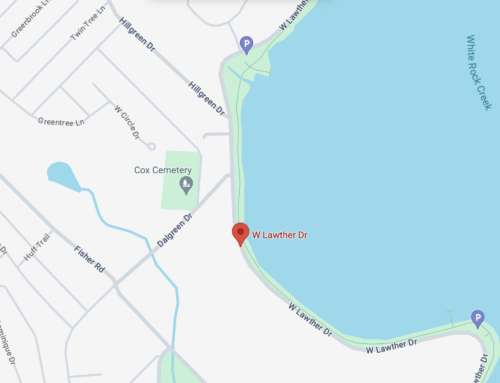Take a look at this chart showing subsidized housing by Dallas council district, created with July data and passed out at last week’s Oak Cliff Chamber of Commerce quality of life committee meeting. It’s immediately clear in which council districts such housing is concentrated.
“In theory, families have freedom to go wherever they want. In reality, [the U.S. Department of Housing and Urban Development (HUD)] came up with one fair market rent structure for the entire seven county area” that the Dallas Housing Authority (DHA) serves, DHA CEO MaryAnn Russ said at the committee meeting. The current structure ends up “moderately sucky for people in Dallas County because the money doesn’t go far,” Russ said.
Right now, roughly $860 a month for a two-bedroom unit (HUD’s average size) is the ceiling of what families using Section 8 vouchers can afford. The amount is the same in Kaufman County as it is in Dallas County. When the new rent structure goes into effect, the formula will change, taking into account rates in 56 zip codes encompassed by the DHA, and families will be eligible for one of eight fair market payment standards that range from $621 a month in lower-end zip codes and $1,368 a month in higher-end zip codes.
“You don’t have true mobility unless the actual subsidy structure is linked to the actual value of housing,” Russ said.
The change is the result of the recently settled Inclusive Communities Project v. HUD lawsuit, which challenged the rent structure. Individuals and families who qualify for Section 8 vouchers have to recertify every year, Russ says, and then are eligible to move a year later. The new rent structure will take effect in January 2011, which means individuals and families will begin moving under the new structure starting in January 2012, she says.
In other words, it will be a couple of years before we begin to see the effects of the new rent structure.
In addition, as the DHA sets out this week to seek proposal requests for 350 new permanent supportive housing units, it will use a new scoring system that gives more weight to neighborhoods (in terms of zip codes) that don’t already have high numbers of low-income or permanent supportive housing.
Does this mean we will begin to see subsidized housing spread evenly across the city?
“I don’t expect we’re going to get proposals from Highland Park,” Russ says. “I don’t expect we’re going to get proposals from Preston Hollow.” These neighborhoods don’t have many rental properties to begin with, Russ says, and the rental properties there still will be somewhat out-of-reach for people living in subsidized housing (read Back Talk tomorrow for more on this topic).
“But I do think we’re going to get a wider range than we have in the past,” Russ says.
This post is part of a series on subsidized housing. Previous posts discussed the city’s role in subsidized housing, including how much influence our neighborhood councilman had on the most recent permanent supportive housing decisions.





